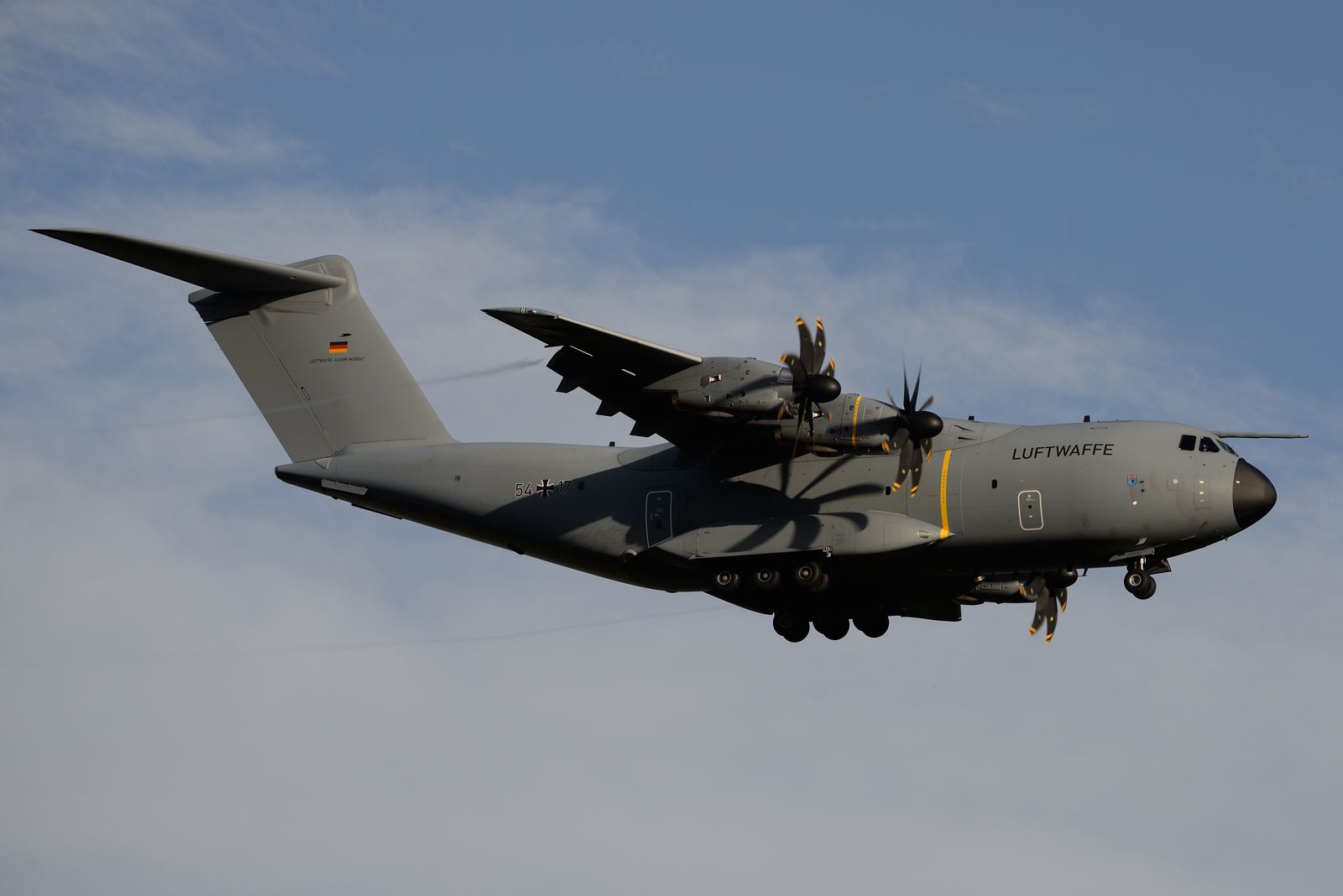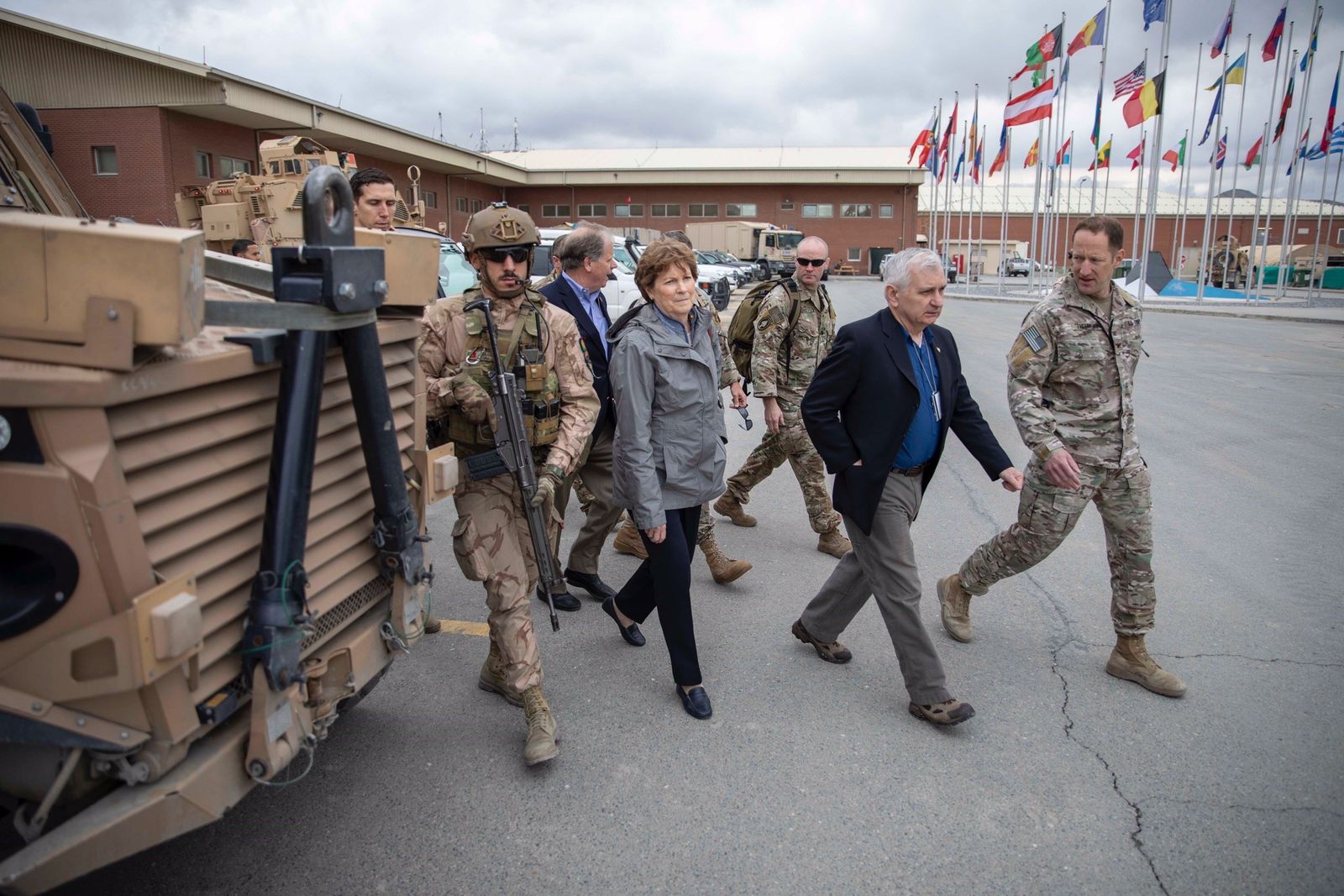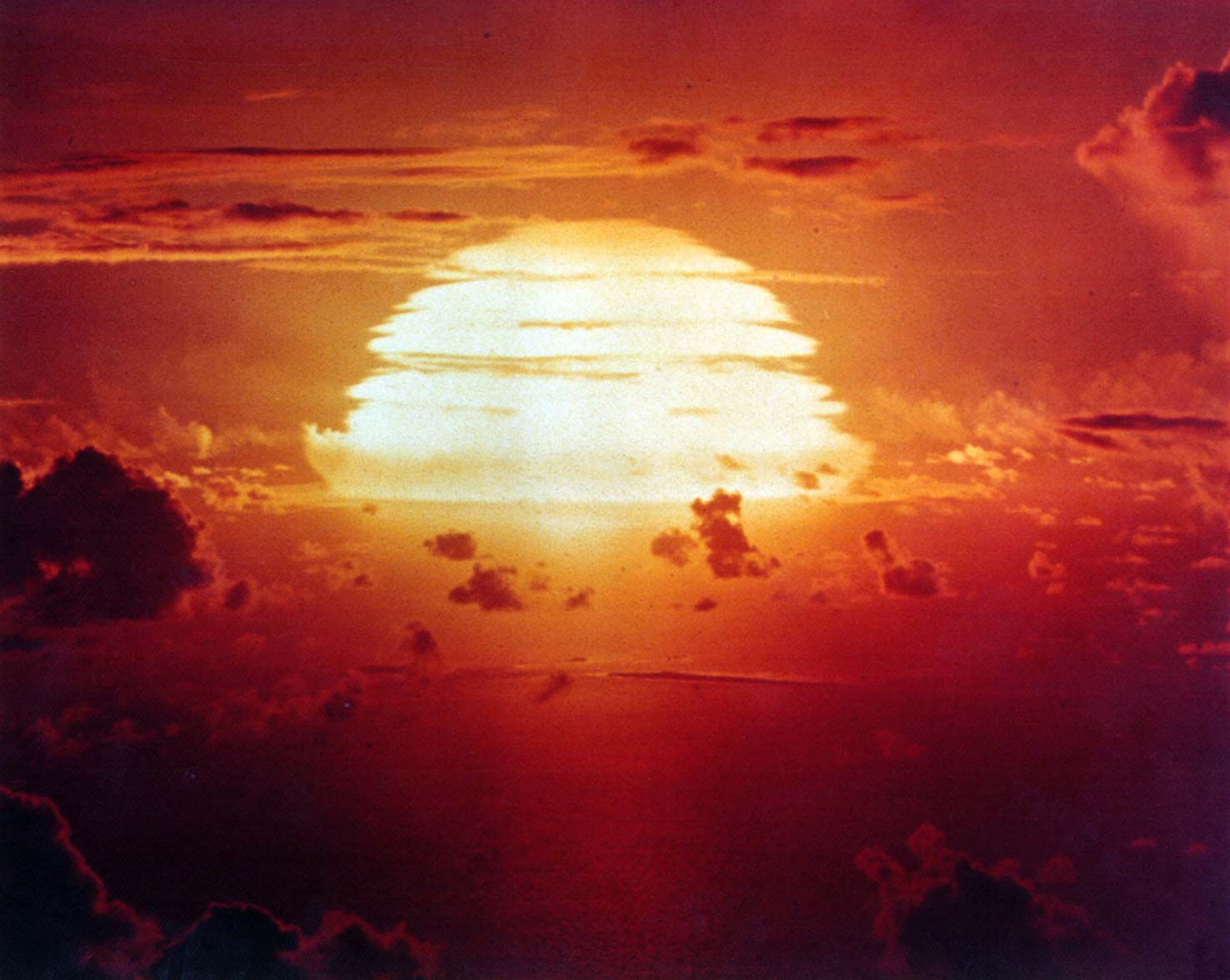The Russian invasion of Ukraine and the aid that Europe subsequently sent to Ukraine revealed that the European defense industry was in a dire situation: Germany only had ammunition to fight for two days, and France only had around 80 artillery vehicles ready. In response, the European Union commissioned the European Defence Industry Programme (EDIP) to boost production and “make Europe ready for war.” The investment over five years will amount to at least 500 billion euros (US$543.6 billion) annually.
This initiative, however, is not the first time Europe has launched plans to kindle a home-grown defense industry. In 2017, the European Union set up the European Defence Fund (EDF), which aims to provide financial resources for the research, development, and industrial production of defense technology. Then President of the European Commission, Jean-Claude Juncker, who invented the program, reasoned that Europe needed to become more self-reliant and devise its own future defense technology. However, despite increasing production volume and employment, the fund had a crucial shortcoming: it did not equip European militaries. What went wrong with the EDF and what can the EDIP learn from these shortcomings? While this article focuses on the defense capacity of the European Union, it considers the role of entities—such as the Aerospace, Security and Defence Industries Association of Europe (ASD) and British defense companies—that span both EU and non-EU states. Therefore, the “European defense industry” includes the European Union and its European military allies.
The Decline of European Defense Readiness
After the end of the Cold War, European defense readiness declined: defense spending decreased from 132 billion euros (US$143 billion) in 1990 to 84.2 billion euros (US$92 billion) in 2000 (inflation-adjusted). Similarly, in 2020, the aggregated number of soldiers in EU national militaries had fallen to almost half the level it was in 1995. With the Russian annexation of Crimea in 2012, however, fears of military conflict resurfaced. Jean-Claude Juncker, then President of the European Commission, found EU defense capabilities to be in a desolate situation.
To remedy the issue, he proposed the EDF, which would invest up to 1.5 billion euros (US$1.6 billion) annually in research and development (R&D) of military technology and the development of a competitive military industry starting in 2017. According to his reasoning, investing in defense technology would increase production, create jobs, and make the EU security architecture more independent from the United States. The 2021-2027 budget for the EDF is eight billion euros (US$8.28 billion), 2.7 billion for defense research and 5.3 billion for development projects among EU states. A closer look, however, tells a story of mixed success.
Success and Failure of the EDF
The first step to assess the success of the EDF is to look at the production revenue of the biggest European producers. The ASD—which represents over 90 percent of European companies involved in military technology—reported 94 billion euros (US$102 billion) in revenue in 2010, a number which increased by 1.73 percent on average annually until 2017. From 2017 on, the EDF invested both directly into R&D and indirectly through increased purchases in the defense sector.
As a result, the production volume of defense technology increased at a significantly faster annual rate of 4.51 percent after 2017, reaching a turnover volume of 13.3 billion euros (US$14.5 billion) in 2022. This increase becomes evident when comparing the actual growth in defense spending to the growth forecasted by a regression line based on production before 2017. When we account for the external factor of the Ukraine War and leave the 2022 numbers out, we still obtain an average growth of 3.41 percent, which is almost double the growth before the establishment of the EDF in 2017. The start of the EDF program closely correlates with a boost of production volume in the European defense industry.

In particular, large companies such as Leonardo, British Aerospace Electronics Systems (BAE), and Rheinmetall profited from a surge in production volume. Their reports display much more positive growth from 2017 onwards; all three companies experienced an average growth rate of 9.8 percent, greatly outpacing the growth rates of around five percent in previous years. The claim that larger companies profited extraordinarily after the establishment of the EDF is bolstered by the fact that companies that dedicate a smaller share of their production to defense, such as Airbus or Rolls Royce, remained at the pre-2017 growth rate.
To meet the higher production volume goals, companies increased employment. In 2015, ASD reported that 430,000 people were working in a field directly related to the arms industry in Europe, and this number climbed steadily to 516,000 people in 2022. This increase corresponds to an average annual annual growth rate of 3.31 percent from the year the EDF was established, compared to the average growth rate of 1.63 percent per annum before (purple line in the graph below). Given these figures, it would be tempting to conclude that the EDF improved not only industry growth but also European defense capabilities. However, this assumption is misguided.

It was not European military development that drove the growth of the European defense industry, but rather the military development of non-European clients that built up capabilities by importing European weaponry. The key lies in the export figures: at the beginning of the 2010s, European military industry companies exported around 12 billion euros (US$13.5 billion) worth of goods outside Europe. This number, however, grew significantly to 40 billion euros (US$43.49 billion) in 2019 and 52 billion euros (US$56.5 billion) in 2022. This marks an increase of 31 percent from 2019 to 2022 alone. Importantly, this growth in exports outpaces the growth of output by tenfold, which means that the European industry has been growing on foreign clients. Meanwhile, European militaries purchased most goods abroad, most prominently from the United States, South Korea, and Japan.
This situation is a classic case of comparative advantage: while the European defense industry produced a diverse set of goods in high demand abroad, European clients purchased cheaper goods from abroad. While this arrangement can yield economic gains, it leads to over-dependence on foreign defense industries. Growth alone does not suffice to build up a decent army—the material produced within Europe needs to be purchased there as well, which is where interoperability and R&D come in.

The Effects of the EDIP: Collaborative Initiatives in the European Union
The European Defence Industry Programme (EDIP) aims to tackle the identified weaknesses of the EDF. It is accompanied by a European Defence Industrial Strategy (EDIS) that provides for a European Military Sales Mechanism through which the European Union wants to increase the availability of European military technology on European markets. This initiative targets the excess outflow of highly developed military technology. Additionally, the strategy implements multiple institutions to increase cooperation in procurement and development of new weapon systems in an attempt to build up interoperability and cooperation among EU states. But how credible are these efforts?
As of October 2023, there are 14 different battle tank platforms throughout Europe and, as of April 2022, 30 different helicopter models from Airbus alone, few of which can operate together. However, EU member states show little interest in resolving this issue. For instance, the joint French-German project for a Main Ground Combat System (MGCS) has been haunted by several power struggles. The German and French defense companies involved in the project disagreed over which should lead the endeavor.
Meanwhile, the Italian-German project aimed at building a shared platform for a new generation of battle tanks produced by the Italian Leonardo and German Rheinmetall companies threatens to compete with the new MGCS on the market, which may undermine interoperability. The two firms have already agreed on a collaboration plan, which collides with the French-German collaborative program and prompted a dissatisfied response in Paris.
Similarly, the Future Combat Air System (FCAS)—which should have been the flagship project of European defense interoperability—fell short of expectations, as individual member countries demanded special requirements for their aircraft, such as unique datalinks, different weapon platforms, and avionic systems. Despite the NATO standard for many platforms, the predominant use of multiple platforms—such as Rafale, Airbus and Saab—ultimately makes them interoperable to an extent. Therefore, the national interests of individual EU members prevents them from actively collaborating on truly interoperable weapon systems. Still, they promise to invest billions of euros into coordination efforts—expenses that may not be necessary if they collaborated in the first place.
The European Union in Comparative Perspective: Why Spending Money Is Not Enough
Purely spending money is not the solution. While—as lamented by former Italian Prime Minister Mario Draghi in his report on “The Future of European Competitiveness” for the European Commission—the overall defense spending of EU members is less than half the amount of the United States, it was never and cannot be the aim of the European Union to uphold a military like that of the United States. The United States finances entirely different defense capabilities—such as aircraft carrier strike groups—that the European Union neither desires nor needs, given that the EU military doctrine is significantly more reserved than the US doctrine.
Other major military forces of the G20, such as China and Japan, also maintain very capable military forces at a fraction of the expense per capita compared to the United States. Although Chinese investments have grown by over 50 percent over the past decade, China, Japan and South Korea have all developed competitive militaries despite spending less than the EU military budget.

The countries that maintain competitive military forces at lower spending have something in common: interoperability. While Japan and South Korea mostly purchase their weapons from the United States, they face fewer transaction costs since all their systems are interoperable. The Chinese government can afford lower expenses because of a level of centralization that the European Union cannot and should not mimic; yet, these countries make a case for less spending and more collaboration.
The European defense industry was tailored to exports. Companies focused less on producing integrative models for domestic markets, instead lowering cost margins to be competitive exporters. This process curbed investments in R&D and made the development of production capacities less attractive. With the start of the war in Ukraine, Europe suddenly needed to compensate for its defense weaknesses. While the EDF fostered an innovative environment in which several companies thrived, it did not work in the favor of European security interests. In the long run, the European Union faces a difficult decision: should it constrain the defense industry with standards that boost domestic markets and interoperability, or should it support market-based R&D efforts that boost exports but potentially limit the European Union's unified military capacity?




